The Nokori scar care basics
Welcome to Nokori’s scar management guide. We know that caring for your surgical scars can feel overwhelming — so we’ve developed three simple principles to guide you through the process.
We call it our scar care mantra: Keep moist. Apply pressure. Protect.
 Why this matters?
Why this matters?
Our aim is to help you establish and maintain good scar care habits, because we know that with good habits come good outcomes. By weaving these three principles into your daily routine, you’ll support your scar in healing as effectively as possible — which is an important part of your recovery.
Caring for your scar is also a way of reconnecting with your body — a daily moment of healing, both physically and emotionally.
When can you begin?
| Step | Timing |
|---|---|
| Keep Moist | Once your incision is fully closed and there is no scab |
| Apply Pressure | When your medical team confirms it’s safe — usually 2–3 weeks post-op |
| Protect | Immediately after surgery — using tape or clothing, then sunscreen |
1. Keep Moist
Why it matters: Moisture helps rebuild healthy skin and keeps the scar soft, flexible, and protected.
After surgery, the skin loses its natural ability to retain moisture, which can lead to dryness, itching, and slower healing.
Regular moisturising:
- Restores hydration
- Stimulates collagen production
- Strengthens the skin barrier
- Shields from dust, bacteria and other irritants
- This results in a smoother, less visible scar over time.
2. Apply Pressure
Why it matters: Gentle pressure can help reduce thickness and improve texture in healing scars.
When skin heals, the body may produce excess collagen — which can result in raised, firm scars. Applying consistent pressure helps break this down, leading to a flatter, softer appearance.
Ways to apply pressure:
- Scar massage
- Compression bandages
- Silicone tapes, sheets or pads
3. Protect
Why it matters: New scars are sensitive. Sun and irritation can darken or damage healing skin.
UV exposure can cause hyperpigmentation, while friction, dust, and pollution may slow recovery or increase infection risk.
In the first 12 months:
- Cover the area with clothing or silicone tape
- Apply high-SPF sunscreen if exposed
- Avoid direct sun wherever possible
What's normal vs when to check in
Common early in scar healing:
- Redness or pink tone
- Itching or tightness
- Raised or firm texture
Check with your doctor if:
- You notice heat, swelling, or pain increasing
- The wound oozes or has a foul smell
- Your scar starts to grow rapidly or becomes very painful
How Nokori Balm & Tape support your care routine
| The Scar Balm | The Scar Tape | |
|---|---|---|
| Keep Moist | Long-lasting hydration Breathable barrier function |
Acts as a temporary skin Safeguards moisture levels |
| Apply Pressure | Made for scar massage Flattens & softens tissue |
Limits collagen overgrowth Eases tension on the incision |
| Protect | Alleviates inflammation Inhibits bacterial growth |
Shields from sun & irritants Reduces friction from clothing |
We hope these resources help you feel confident and informed as you care for your scar.
Healing takes time — and every scar is unique. By following these three core principles, you’re giving your skin the best chance to recover and rebuild.
If you have any questions or concerns along the way, we’re always here to support you.
The Nokori Team


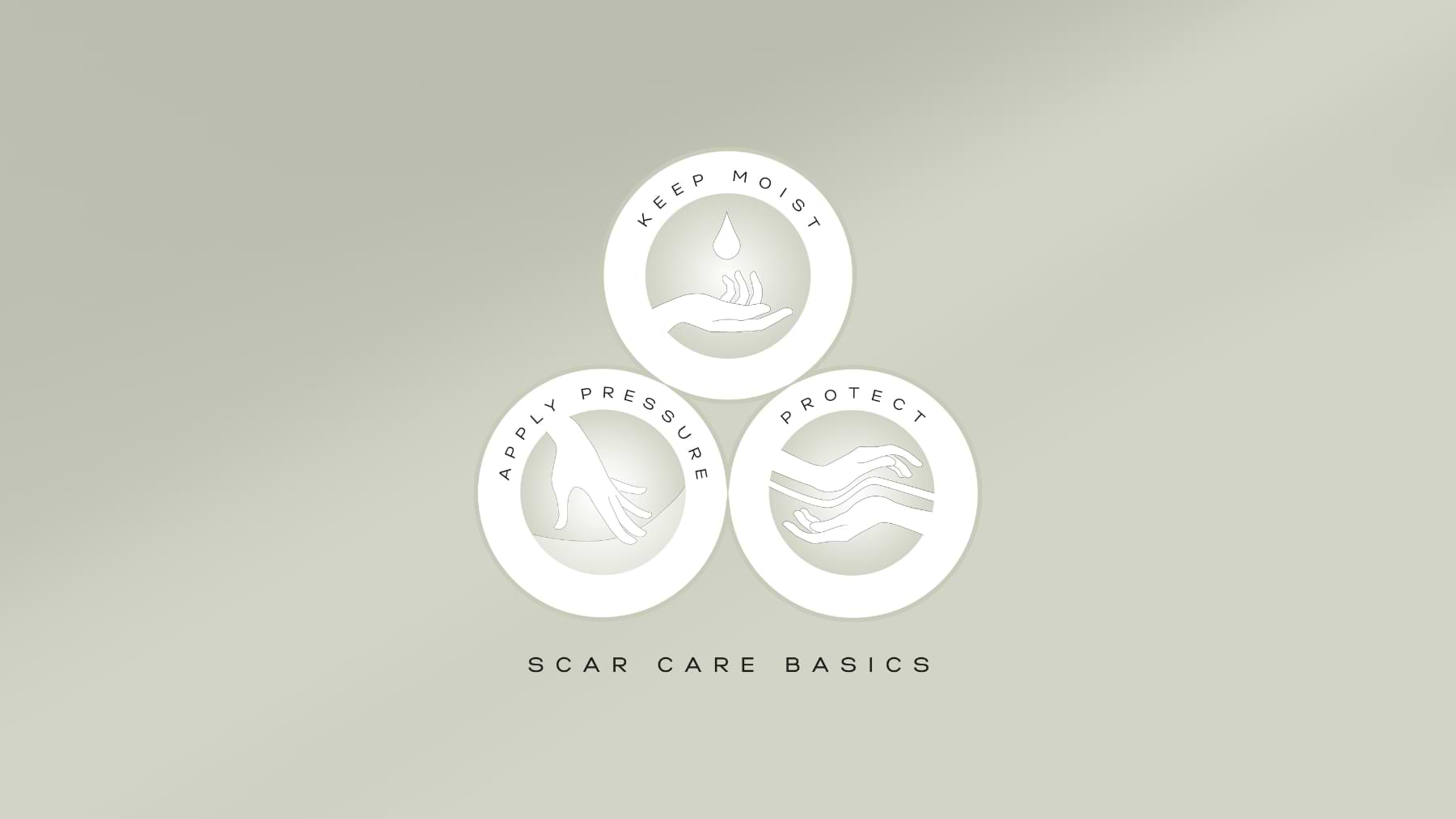
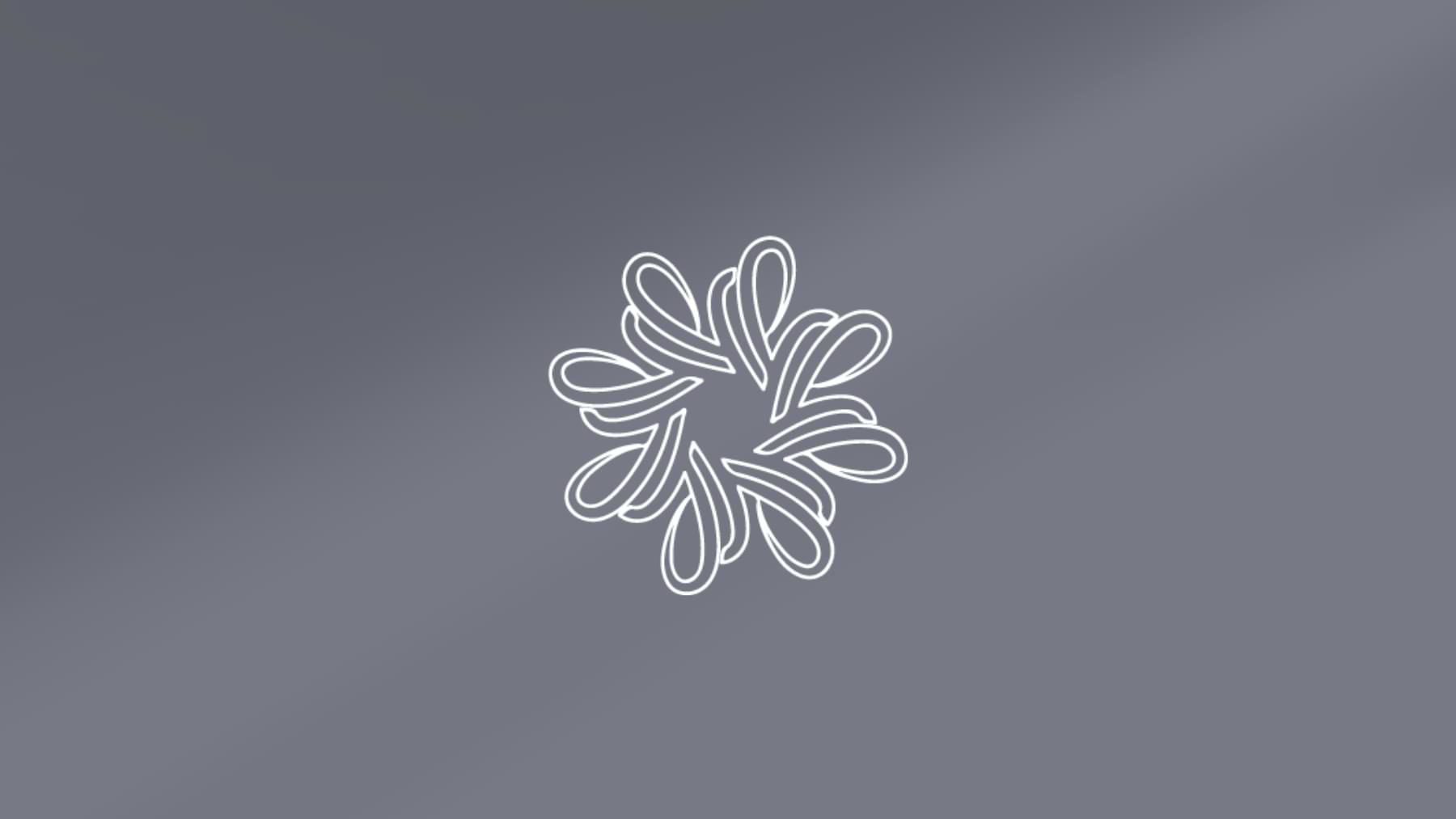
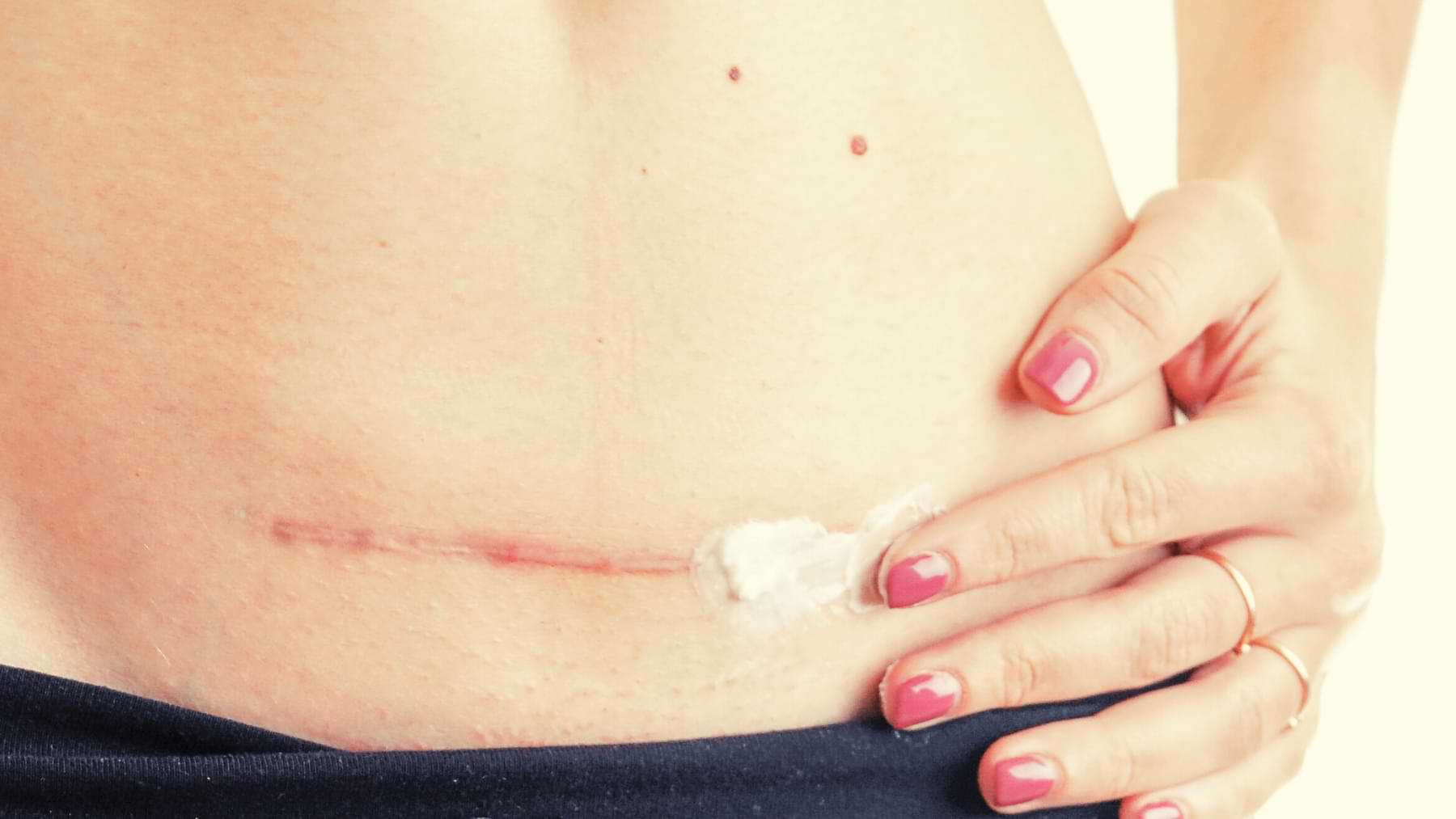

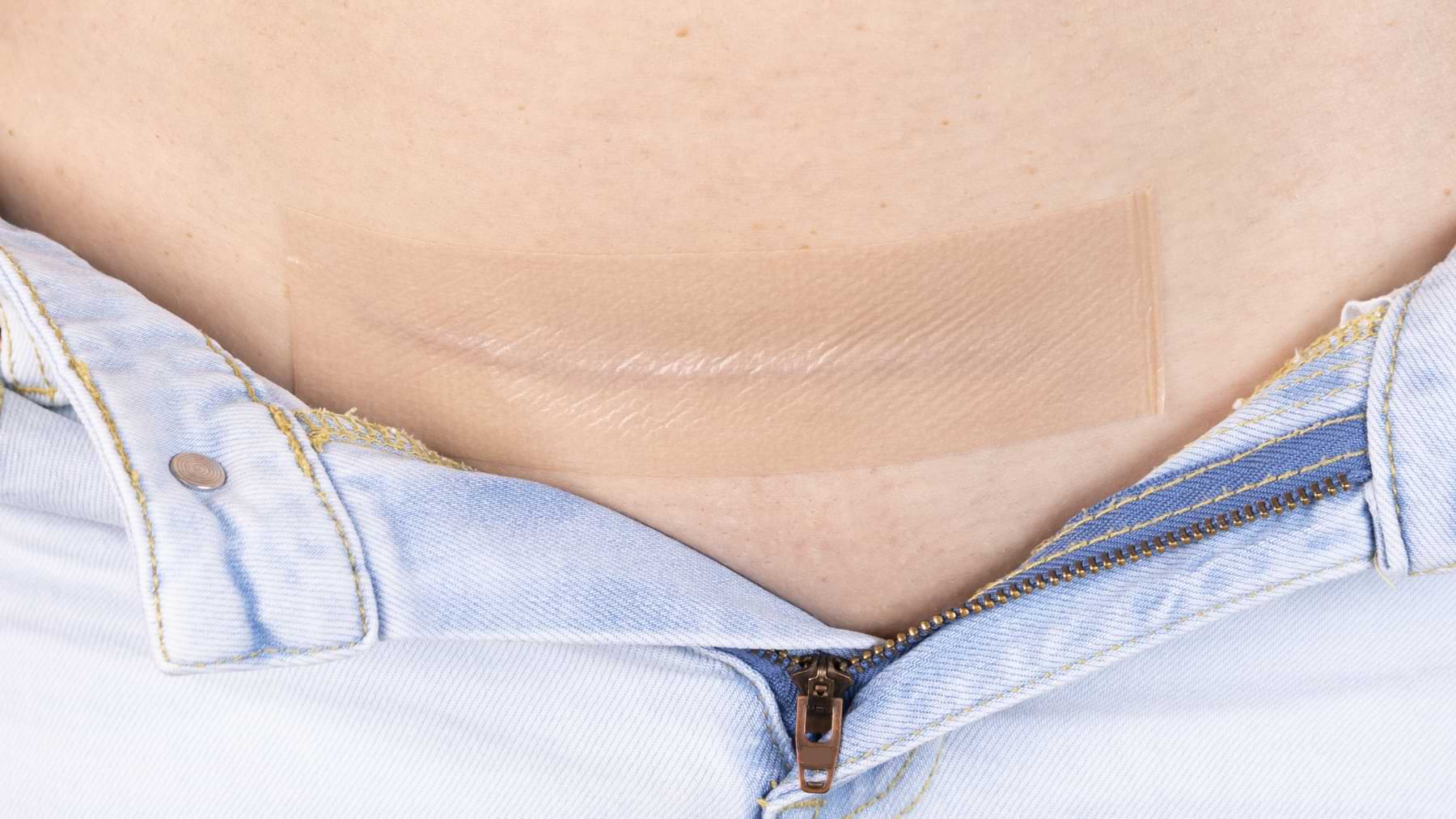

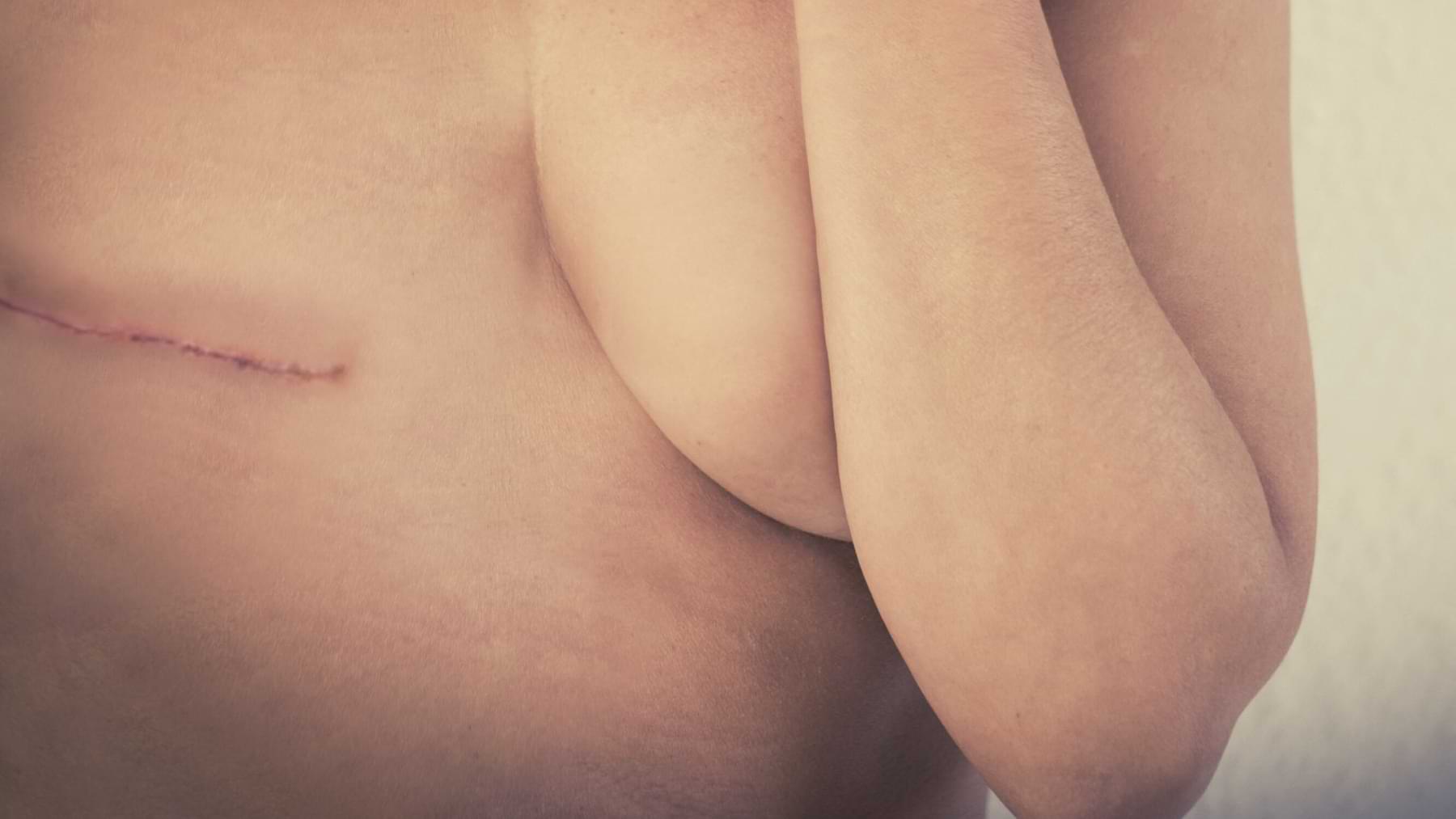
Share:
Guide → The Duo Kit